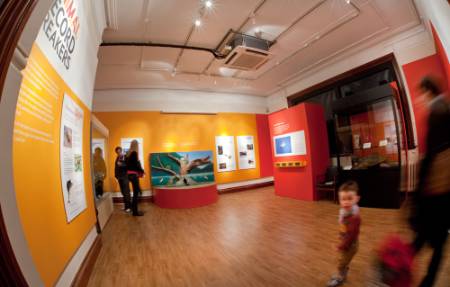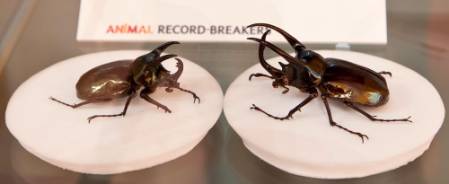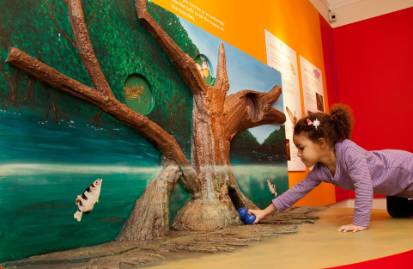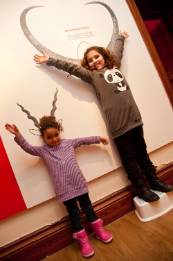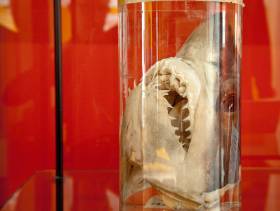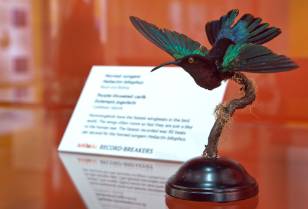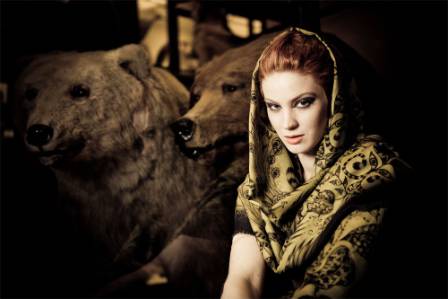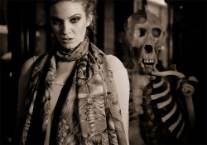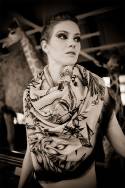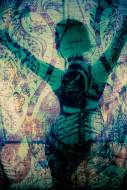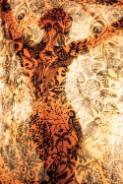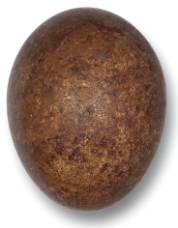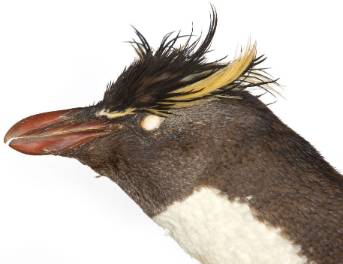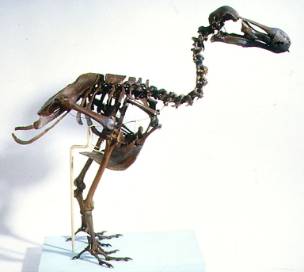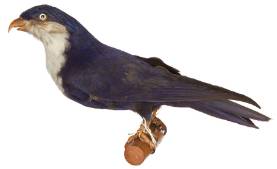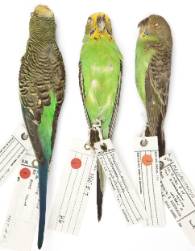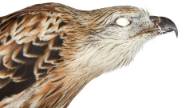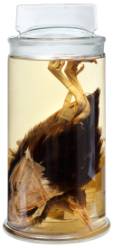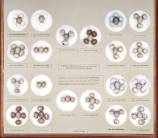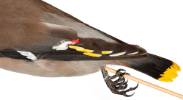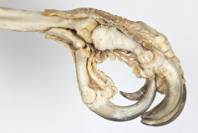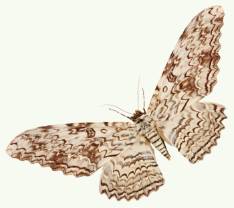I bet Hertfordshire, the home of our Tring Museum, is covered in snow as I write this blog. And lots of local children will be getting even more over-excited than usual as they start their half-term holidays this weekend.
Another source of excitement is sure to be the opening of our Tring Museum's Animal Record-Breakers exhibition earlier this week.
As well as the chance to gasp at incredible records and feats in the animal kingdom as we run up to the Olympics, the exhibition has lots of entertaining games and challenges for children.
Big beetle displays. Rhinoceros and dung beetles in the Scarabaeidae family are among the strongest animals for their size. Some species can carry up to 850 times their own weight.
I asked Alice Adams, Tring's Manager who helped design the exhibition, about its first week.
'Since we opened on Monday, all the kids and especially the two visiting schools have been having brilliant fun in the exhibition. Parents and teachers taking pics of the kids with the horns, the animal sounds have been intriguing them and seem to be inspiring lots of animal noise-making from the kids - mostly howling wolves.
Try out the Archerfish game or see what you look like in horns at Tring's new Animal Record-Breakers exhibition.
'The archerfish game is getting a good pounding too. Great to watch the kids get the hang of it and see their faces when they get the ball through the flap and it pops out at the bottom of the tree.
'Several kids were in awe of the shark head and disgusted by the chunk of whale blubber!! Made up for though by the gorgeous iridescent hummingbird.'
From the scary to the pretty. Left: Mako shark head, Isurus oxyrhynchus. Sharks have a better sense of smell than any other fish. Right: Purple-throated carib, Eulampis jugularis. Hummingbirds have the fastest wingbeats in the bird world.
The exhibits explore the animal champions and runners-up so you'll find out the fastest, loudest, longest, most dangerous and much more.
The Animal Record-Breakers exhibition is free and well worth a visit at half-term or if you're visiting the Tring area over the coming months.
Read the latest news story about Tring's Animal Record-Breakers exhibition opening
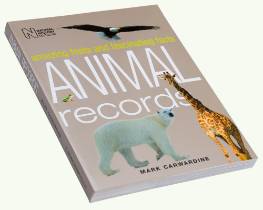 And if you want to know more, there's the Museum's Animal Records book by Mark Carwardine. It's on sale at Tring's exhibition and online. The book inspired the exhibition and is packed full of fab facts and photos.
And if you want to know more, there's the Museum's Animal Records book by Mark Carwardine. It's on sale at Tring's exhibition and online. The book inspired the exhibition and is packed full of fab facts and photos.



